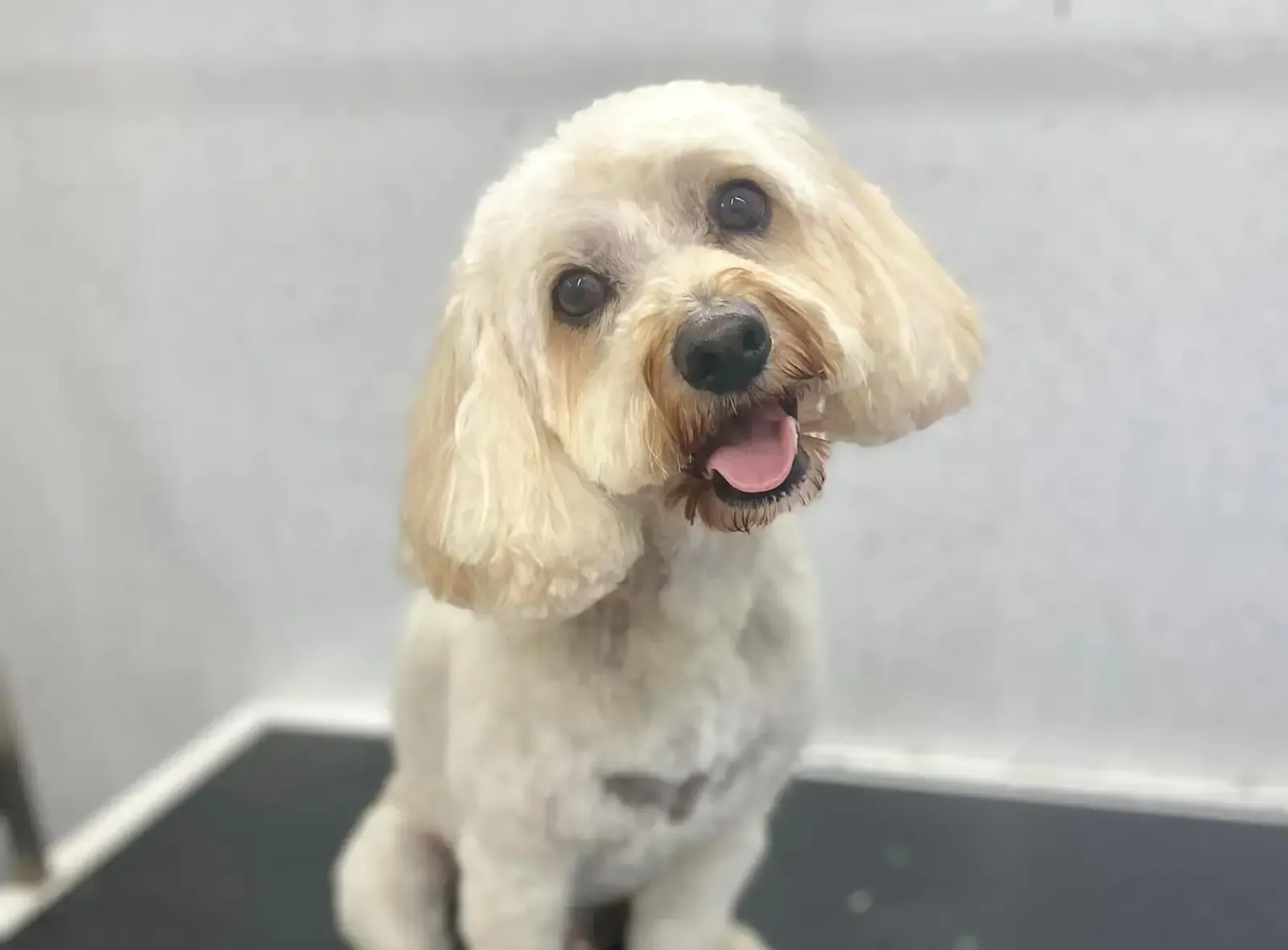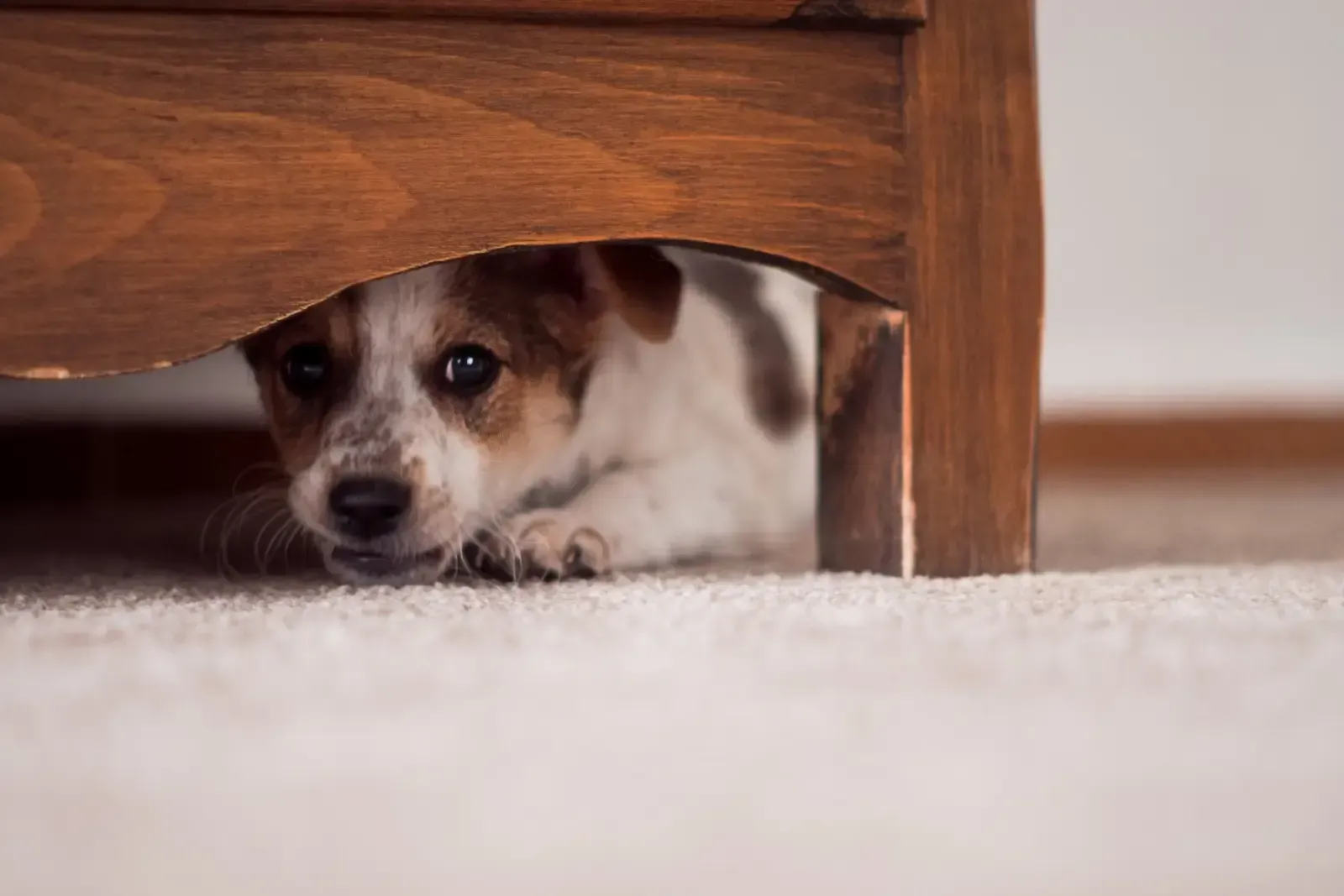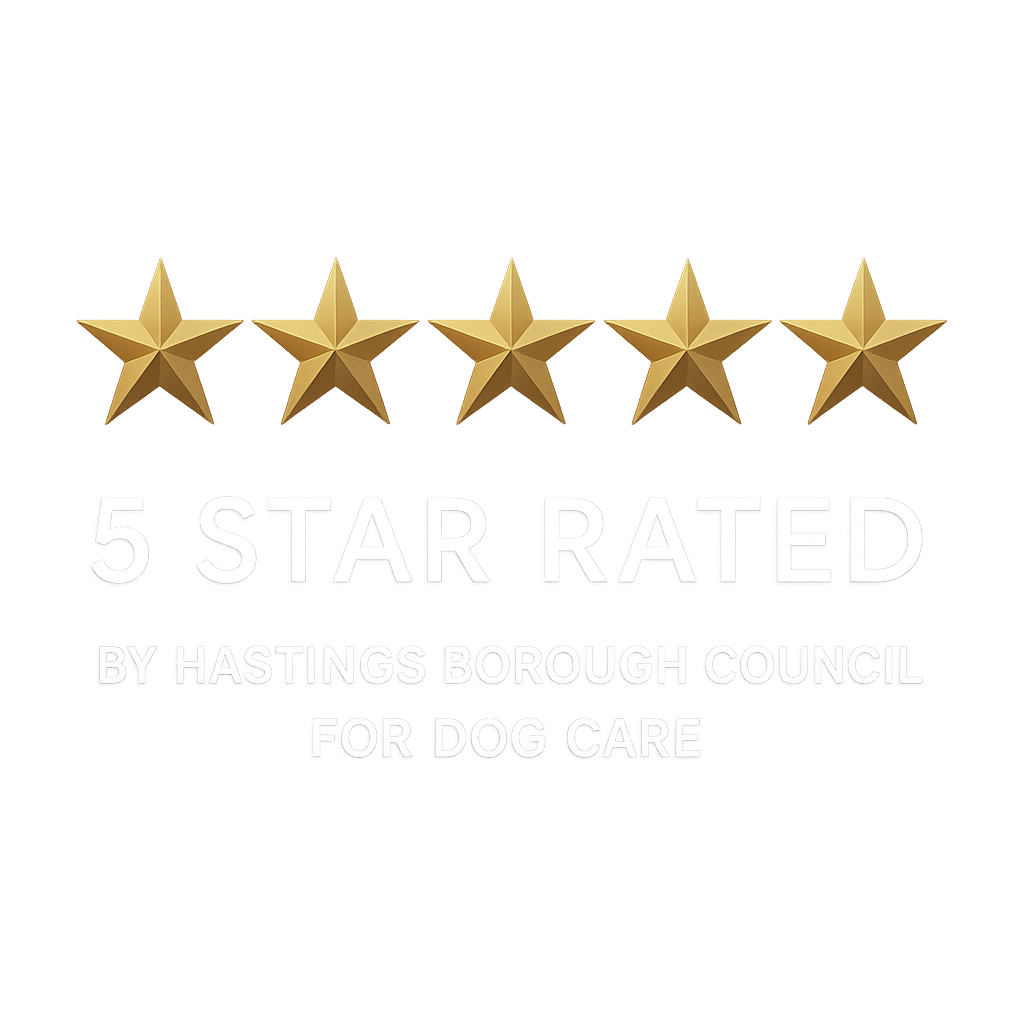Why dog grooming is important
The importance of dog grooming

A regular dog grooming schedule helps to maintain a healthy coat, help stop hair from matting and will help keep your pooch looking, feeling and smelling great.
No matter what breed your dog is, or the type of coat they have, regular grooming will also keep their skin healthy and provide the coat with a protective barrier and the ability to receive the sensory information they need.
Dog coats that become matted can become extremely painful for your dog as they can start to pinch and bruise your dog as they move. You may notice your dog biting or scratching at their skin because of the irritation or even pain it is causing them. If left untreated, they can also get infected as moisture gets trapped which further inflames the already sensitive skin.
Sadly, a lot of owners think the solution is to wash a dog that is dirty and matted, but that actually makes matters worse which is why professional dog grooming, as well as caring for them at home in between, is so important.
Dog grooming at home
Regular brushing of your dog’s hair in between professional grooms is important to help keep their coat smooth and remove dead hair, as well as the other reasons mentioned above.
A good rule of thumb for brushing your dog at home is to go by the length of their hair – by centimetre. If your dog’s hair is 1cm long then brush them all over once a week, if it is 2cm long then twice a week, 3cms long then three times a week and so on.
Be mindful not to over brush them however, as you can cause skin irritation if you are brushing them to hard or for too long.
Keeping their nails trim is also important in between professional grooms. If you allow their nails to grow too long, they can become painful for your dog when they walk and, if left too long, it can make it hard for a groomer to do the job without hitting the nerve that grows inside of them.
However, if you are unsure about doing it yourself, then you can take your dog into your local groomer to just get their nails clipped, even if you don’t need a full groom for your dog at the same time.
Puppies and grooming
To help ensure your dog does not have a negative experience the first time they visit a professional groomer in an unfamiliar setting, it’s important to get them familiarised with grooming at a very young age and definitely during their critical period of development when you should be introducing them to as many of the life experiences they will go through, and in the most positive way as possible.
Regularly touching and playing with their paws so they are used to them being held and touched will assist with both dog grooming and nail clipping, whilst getting them used to a brush or comb before they get their first professional groom will also help.
Always allow your dog to smell and see the brush or comb first, and ensure you brush your puppy when they are in a relaxed mood.
How often should I get my dog groomed?
Every dog breed is different and therefore has different dog grooming needs. It’s best to talk to your local groomer about what is generally best for your dog breed and work out a professional grooming schedule to suit you and your dog, and maintain regular grooming at home in between.
Our groomers are trained and skilled in all aspects of pet pampering, so you can be confident pooch will leave the salon looking, smelling and feeling furtastic!










